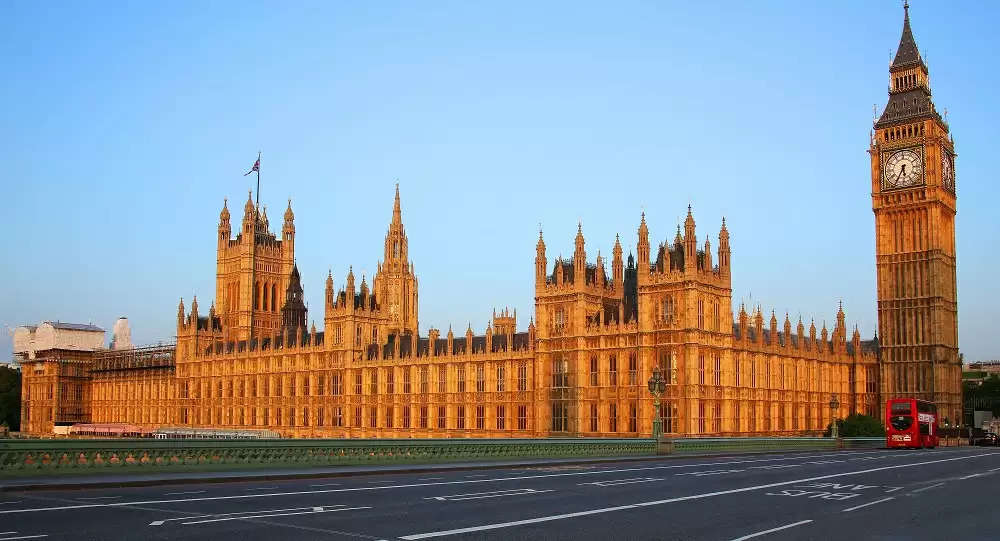The UK parliament building: Will it fall down? lawmakers issue a strong warning

The 147-year-old Westminster Palace, which houses the UK's parliament, was declared to be "real and escalating risk" by British parliamentarians on Wednesday.
The seat of British democracy is "leaking, dropping masonry and at continual risk of fire," according to a report by the UK's House of Commons Public Accounts Committee, and it may contain asbestos in up to 2,500 sites.
The committee criticised "years of procrastination" over the parliamentary complex's future and claimed that the renewal work had been incredibly slow and had largely consisted of "patching up" the structure at a cost of roughly 2 million pounds ($2.5 million) per week.
In order to complete this enormous task before it was too late, it was necessary that politicians and parliamentary authorities provide "a precise estimate of the cost and timescale for doing so." The Committee claims that the thousands of staff members and visitors who utilise the building have not been given as much attention as MPs up to this point.
After years of hesitation, the MPs finally decided in 2018 to leave by the middle of the 2020s to allow for several years of significant renovations. Major structural issues with the complex include roof leaks, century-old steam pipe bursts, and occasionally falling masonry pieces. The last time the mechanical and electrical systems were updated was in the 1940s.
The House of Commons and House of Lords are anticipated to decide on the best course of action later this year, according to officials, who stated that they are "planning for the huge and difficult repair of the Palace of Westminster to preserve it for future generations."
The Clerks and the recently established programme structures "need to develop trust in their capability to deliver a programme of this scope and complexity." Before further important works and potentially more dangerous events take place, there is an urgent need to increase timely transparency and compliance with health and safety regulations, especially when it comes to asbestos, according to the research.
An architectural marvel and UNESCO World Heritage Site, the Palace of Westminster receives 1 million visitors annually. After a fire destroyed the former parliament complex in 1834, Charles Barry created a neo-Gothic version of it.
.png)